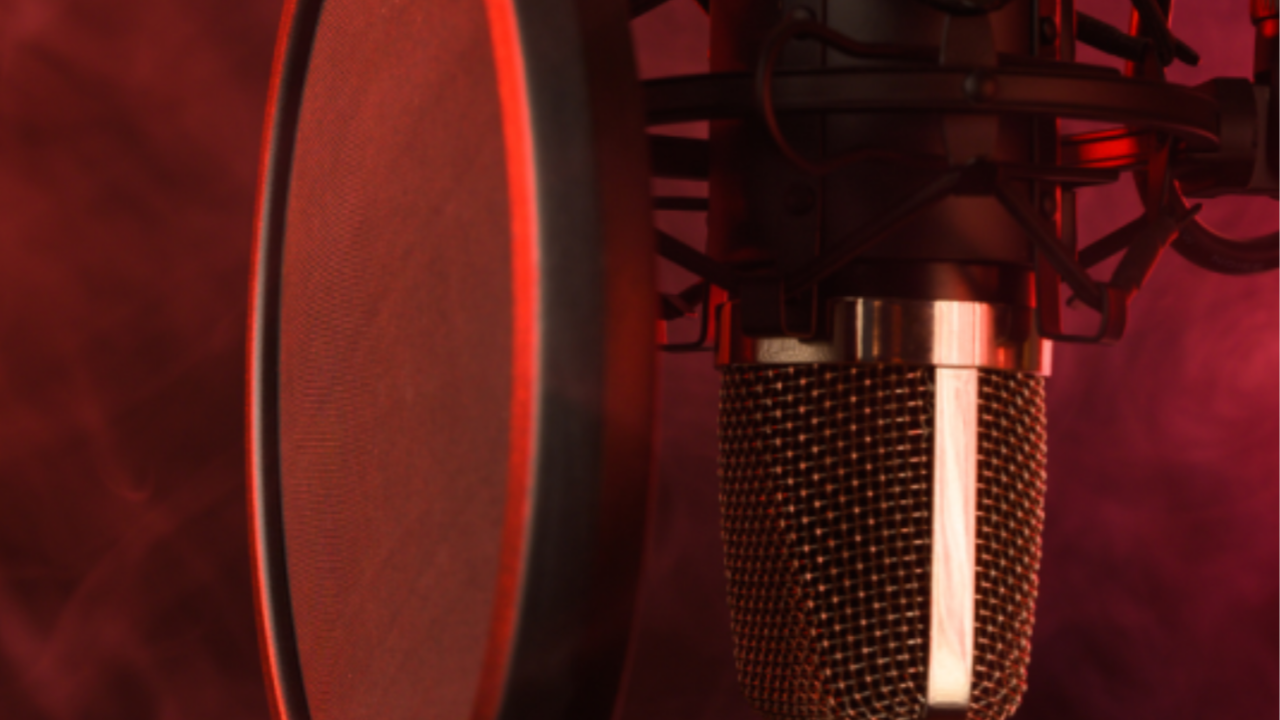“Smoke & Mirror” Gear For Your Home Studio? Worth The Investment?
Jul 15, 2023
(This was previously posted on NewArtistModel.com and is derived from a post TEAM CEO & Founder Gary Gray wrote for Tunecore. Click here to read the original article. )
There is a category of gear for the home studio owner that I refer to as “Smoke & Mirror Gear.”
What I mean by “Smoke & Mirror Gear” is gear that can be expensive for the home studio owner and impressive to the average potential client. Expensive can include prices as high as $12,000 for a tube microphone, or up to $100,000 for a mixing board that fits in a home studio.
In the traditional sense, the term “Smoke & Mirrors” implies something that is an illusion, something that appears to be much more valuable than it actually is. The term “Smoke & Mirrors” in this article specifically means “any gear or element in a studio which is perceived by a potential client (rightly or wrongly) to communicate professionalism and competence.” So should you invest in “Smoke & Mirror Gear” for your home studio?
Three Schools of Thought
There are three schools of thought regarding the “Smoke & Mirror Gear” approach to running a Home Studio (or any studio):
- “I can’t afford expensive gear, and that’s OK with me, because I can get exactly the same quality recordings done for myself and/or my clients with my inexpensive gear and without spending an extra penny.” (The less experienced version of number 1 is, “I can’t afford expensive gear, but I’m saving up for it. And until I get it, I guess all of my recordings and mixes are gonna suck.”)
- “90% of the reason I purchased expensive and impressive gear is so that more demanding clients with money decide to use my services. I get about double what I used to charge when I just had a mouse and interface. Having expensive and impressive gear in my Home Studio is money in the bank.”
- “I’m taking a hybrid approach (including elements of 1 and 2 above), along with researching the latest technology for better servicing my own projects and/or clients’ projects.”
I follow the third school of thought above.
The Hybrid Approach to “Smoke & Mirror Gear”
Here’s a real-life example of how I apply the hybrid approach to “Smoke & Mirror Gear” for my home studio and why: I purchased a Shure SM7B microphone. Impressive to potential clients, and in this case only moderately expensive at approximately $400 (with a CloudLifter phantom power activated pre-amp).
I noticed that some of my potential clients were very impressed that the SM7B that they would be singing into was the same model that Michael Jackson’s engineer Bruce Swedien used for a number of Michael’s hits.
But at the time of its recording, Bruce’s use of the SM7B was quite unconventional. In Bruce’s own words:
“I was allowed the freedom to make microphone choices, and nobody ever said a word. I just did it. For example, I used a Shure SM7 on most of Michael’s lead vocals — ‘Billie Jean’, ‘The Way You Make Me Feel’ — and boy, did that raise some eyebrows! But I love that mic, and I have six of them.”
The reason Bruce’s use of the SM7 “raised eyebrows” at the time was NOT because it was an awesome vocal mic. To the contrary. Up to that point radio DJs had used it for years as a broadcast microphone. A number of people on the production team with Bruce thought he was crazy for using it.
In some respects, you could say that Bruce was using the exact opposite approach of “Smoke & Mirror Gear.”
Bruce did something that people at the time thought was a step down (or more) from what a professional in his capacity should be doing. But he knew better. Bruce had the wisdom to be free of what I call “mythmaking” and “brainwashing” in the music production world. He used his ears and knew that microphones which cost 4 times more were no better for the task.
Today’s Takeaway:
The choice of purchasing and promoting “Smoke & Mirror Gear” is yours depending on your approach and your goals. Hopefully, this brief article will help you decide which way to go, and more importantly, why I always say, “Use your ear, not your gear as a priority when you mix and master!”
Subscribe to Gary's Insider Newsletter!
Get ahead of the curve with this weekly newsletter from Gary Gray and get a copy of Gary's book, THE HOME STUDIO BIBLE, for free as our Thank You Gift!
We hate SPAM. We will never sell your information, for any reason.
